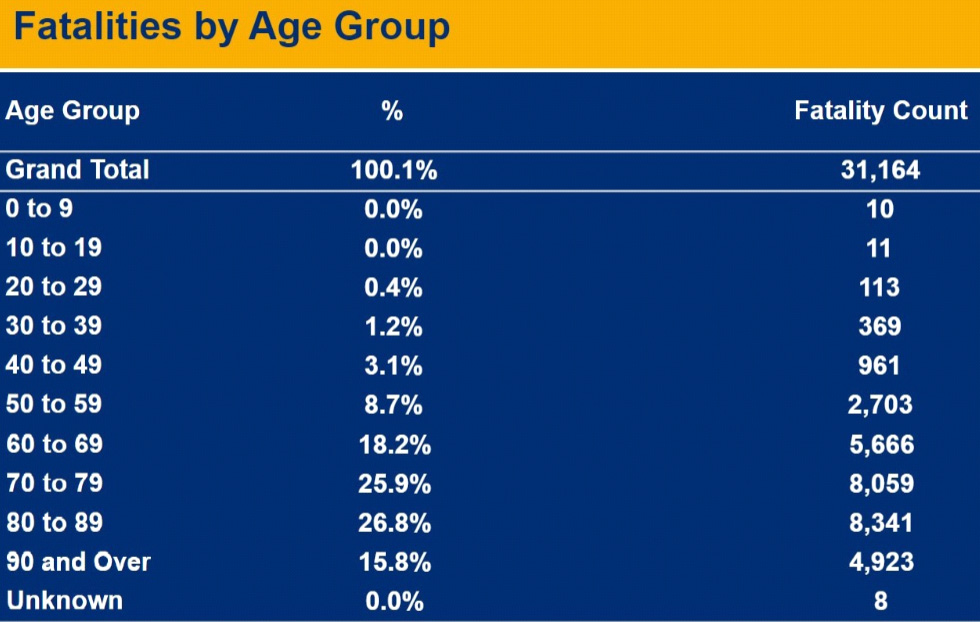COVID testing & construction - by Peter Simon

As the COVID pandemic intensifies in the first quarter of 2021, construction companies and projects are utilizing numerous tools to limit the negative impact of COVID. One of most useful tools is organized, timely and accurate COVID testing. COVID viral testing has been recognized by the US Equal Employment Opportunity Commission as permissible in the workplace. There are at least three critical items every company or jobsite should consider when modeling or creating a COVID testing strategy.
What Type of COVID Test? Molecular PCR v Rapid Antigen
Both Rapid Antigen tests and molecular PCR (Polymerase Chain Reaction) tests have advantages and disadvantages. Generally, the advantage of rapid antigen testing are speed and cost. A rapid antigen test can typically be processed in minutes or hours generating a positive or negative COVID result. Additionally, rapid tests tend to be a little less expensive than PCR tests. However, a main disadvantage associated with rapid testing is accuracy, to the extent that the FDA provides warning documents to inform people of the accuracy issues, and some agencies and companies will not accept a rapid test result. New York State requirements exclude rapid testing when testing certain healthcare workers pursuant to mandatory testing requirements. There have been numerous incidents of false positives in the news ranging from sports organizations to elected officials. Perhaps more concerning is the prospect of a false negative. Rapid tests detect fragments of proteins associated with the COVID-19 virus. If an individual is infected with the virus but does not have a detectable viral load, the individual tested could receive a negative rapid test result even though they are infected with COVID.
The Molecular PCR COVID test is recognized as having greater accuracy than rapid antigen testing, but the accuracy comes at a slight additional cost and time. PCR test results normally take from one to several days of laboratory processing time. Additionally, PCR tests tend to be somewhat costlier than rapid antigen tests. The advantage of PCR testing (compared to rapid) is the reduced probability of a false positives and false negatives. As the FDA pointed out PCR tests are more “sensitive” than rapid tests and the FDA has stated in a letter issued to clinical laboratory staff/health care providers that a negative rapid antigen test may need to be confirmed with a PCR test prior to making treatment decisions. Because of accuracy concerns some entities and institutions are only accepting molecular PCR test results.

What is the Anticipated Testing Population?
A testing protocol should consider, amongst other things, a risk assessment of the subject population and their activities. It has been established that certain populations are at greater risk of having severe negative impacts or death from COVID. New York State COVID tracking data has regularly shown that more than 90% of fatal cases associated with COVID have involved at least one comorbidity (an additional condition such as heart disease or hypertension). New York State data has also shown that younger populations have a dramatically diminished probability of a COVID fatality versus older populations. In addition to the population profile, the nature of interactions and activities are critical information. Does the population perform activities without face coverings or PPE? Do population activities preclude 6 ft. social distancing?
A very basic risk assessment would likely call for more preventative COVID testing for a population of people over 60 years of age, with comorbidities, relative to a younger population that maintains social distancing, utilizes face coverings and PPE.
What is the Anticipated Frequency?
Almost all construction sites and companies must consider economics when evaluating frequency of COVID testing. Testing all workers every day with a rapid test or every third day with a PCR might be clinically ideal but is often not feasible. For this reason, an assessment of the circumstances should be considered. Some construction sites and employers have adopted regular testing weekly, bi-weekly, on a regular testing cycle by cohort group or trade type, gateway testing after a positive case or observable symptoms, etc.
When implementing a COVID workplace testing program it is important to consider the totality of the circumstances. COVID testing is not one-size-fits-all and professionals can assist in risk assessment, testing implementation and execution.
Peter Simon, JD, CSP, holds a Master’s in Public Health and is the director of TSC Onsite MedTech, a Total Safety Consulting affiliated company, Middletown, N.Y. [email protected]
NYC mayor and DOB release comprehensive façade inspection and safety study conducted by Thornton Tomasetti








.gif)
.jpg)

.gif)